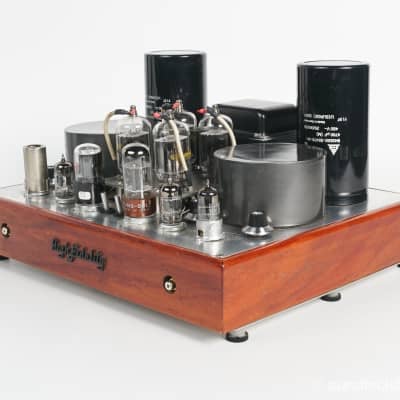Your Legal Resource
Audio Bizarro - Diy Audio
Fast Intro to Tubes
A task, for example, this one can train you a ton about power and gadgets. To see the value in what pretty much goes on in this speaker, we need to investigate how a couple of things work, and first up are simply the vacuum tubes.
A vacuum tube is only a glass tube that is had all the air drained out of it. A genuine model is an early light, within which fiber was exposed to a current which made it produce energy as light and warmth. If the inside of the light were not a vacuum, the fiber would encounter burning because of the great temperature within the sight of oxygen and be obliterated.
The Diode
The most fundamental vacuum tube is a diode, so named on account of the two cathodes which it contains. Vacuum tubes are supposed to be thermionic, implying that warmth is utilized to support the discharge of electrons from an anode. On the off chance that a contrarily charged terminal (as in it has an abundance of electrons, in tubes, it's known as the cathode) is warmed by fiber, the electrons in it become 'energized' and, if an adequate electric possible distinction or voltage is available, they will be discharged from the anode. The potential distinction is because of another terminal, called the anode or plate, which is emphatically charged and in this way applies an alluring power on these eager little particles, making them whip across the vacuum from the adversely charged cathode. Since electric flow streams from negative to positive and never the opposite way around, the flow can just stream one path in a diode. Be that as it may, this isn't a lot useful for intensification, so we should proceed onward to the following stage in the vacuum tube pecking order: the triode.
The Triode
In a triode, there is a third terminal notwithstanding the anode and the cathode called the framework. The matrix conveys a negative voltage and is associated with an information source, which, on account of this amp, is a fluctuating sound sign. The negative voltage on the framework repulses a specific measure of the electrons jumping off of the cathode, and the number of electrons it repulses relies upon how adverse it is, which thus relies upon the abundance of the sound sign. This is by definition enhancement: utilizing a limited quantity of power to control an enormous sum. The sound sign is minuscule, and it is viably controlling the progression of anyway numerous electrons we decide to soak the cathode with. The base voltage of the network, the voltage that is available if there is a sign, is alluded to as the predisposition voltage. The predisposition decides how much current the cylinder draws when there is no information signal.
The Tetrode
Add one more anode and you get a tetrode. This new cathode is known as the screen or safeguard. Essentially, the screen forestalls the progression of electrons across the cylinder to be influenced a lot by the anode, and rather be completely constrained by the progressions happening in the framework. It has a more modest positive voltage than the anode. At the point when the electrons at first break liberated from the cathode, they can just 'see' the screen, thus they surge towards it, and after arriving at it notice the anode and progress forward towards that.
The Pentode
Presently we go to the pentode. In a pentode, there is, clearly, a fifth cathode that wasn't there previously. This is the silencer. The silencer sits between the anode and the screen and is fairly negative in control. Its motivation is to ensure any electrons that may bob off the anode don't escape for a long time by repulsing them back into it.
Note
Pentodes are not the stopping point with regards to tubes, there are numerous different sorts, and in case you're keen on them, look at the connections step. There are two sorts of cylinders utilized in this amp: triodes and tetrodes. The triodes are utilized in the preamplifier stage, where the sound sign is ventured up to a specific level appropriate for additional enhancement by the tetrodes of the fundamental enhancer.
Helpful Links:
